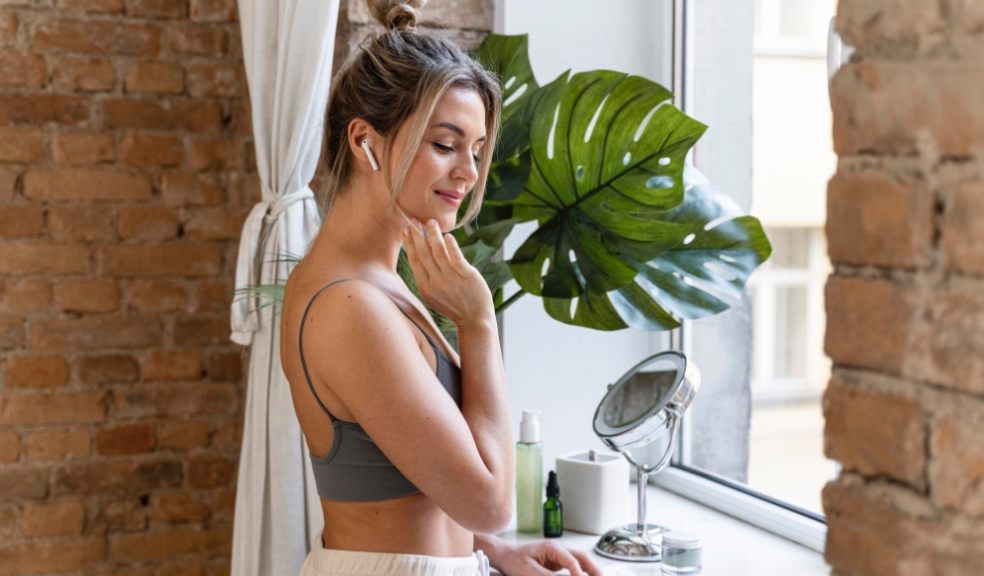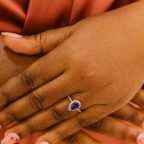
Revitalise Your Eyes: Solutions for Ageing and Care Around the Eye Area
In the world of skincare and beauty, the eyes are often an area of concern. Keeping this area looking youthful and vibrant is essential. This article will explore various topics, including common causes of ageing around the eyes and potential solutions to revitalise your gaze. One such solution, lower blepharoplasty, will be discussed in depth.
Why the Eye Area Ages
The skin around our eyes is extremely delicate and prone to ageing. This is due to various factors, including the thinness of the skin in this area, loss of collagen and elastin, sun exposure, repetitive facial movements, genetics, and lifestyle factors.
The skin around our eyes is much thinner than the skin on the rest of our faces. This makes it more prone to ageing due to its delicate nature. Furthermore, as we age, our skin naturally loses collagen and elastin, the proteins responsible for keeping our skin firm and elastic. This loss leads to sagging and wrinkles, particularly in areas with delicate skin, such as around the eyes.
Sun exposure is a significant cause of premature ageing, leading to hyperpigmentation and wrinkles. Repetitive facial movements, such as smiling and squinting, also contribute to the formation of fine lines around the eyes. Additionally, genetics play a role in how our skin ages, with some people being genetically predisposed to develop wrinkles and saggy skin earlier than others. Lifestyle factors, such as poor diet, smoking, and lack of sleep, also impact skin age.
Signs of Ageing Around the Eyes
Common signs of ageing around the eyes include wrinkles and fine lines, dark circles, puffiness and bags, drooping eyelids, and thinning skin. Wrinkles and fine lines, commonly known as crow’s feet, form due to repetitive facial movements and loss of collagen. Dark circles can be caused by pigmentation or blood pooling under the eyes.
Puffiness and bags under the eyes are often the result of fluid retention and weakening of supportive tissues. Drooping eyelids can occur when the skin on the upper eyelids becomes saggy, potentially impairing vision. Thinning skin around the eyes can lead to visible blood vessels and a crepey texture.
Another sign of ageing around the eyes is a loss of elasticity, leading to a saggy appearance. Over time, your skin’s natural elasticity decreases, and the area around the eyes can begin to droop, making you look older than you are. This can also be exacerbated by factors such as excessive sun exposure and unhealthy lifestyle habits.
Moreover, ageing can cause a hollow appearance around the eyes due to fat loss. This may give the impression of sunken eyes, making you appear tired or unwell, even when you're not. All these signs can be addressed with various treatments, from topical creams to surgical procedures.
Non-Surgical Treatment Options
There are numerous non-surgical treatment options available to address these signs of ageing. Topical treatments, such as retinol creams, vitamin C serums, and hyaluronic acid, can promote collagen production, brighten the skin, and hydrate and plump the skin.
Chemical peels can improve skin texture and pigmentation, while laser therapy can stimulate collagen production and resurface the skin. Dermal fillers, such as hyaluronic acid fillers, can add volume and smooth out wrinkles, and Botox can reduce the appearance of crow’s feet.
Microneedling, which promotes collagen production through controlled micro-injuries, can enhance the absorption of topical treatments.
Surgical Treatment Options
For those seeking more drastic results, surgical treatment options such as blepharoplasty are available. Upper blepharoplasty removes excess skin and fat from the upper eyelids, improving vision and appearance.
Lower blepharoplasty addresses bags and sagging under the eyes, restoring a youthful contour. These procedures are typically performed under local or general anaesthesia, with incisions along natural creases to minimise scarring.
Recovery time is usually around two weeks, with common side effects including swelling and bruising that subside over time. The results of blepharoplasty are long-lasting and can lead to improved vision and a more youthful and rested appearance.
Preventative Measures
Preventative measures can also slow down the ageing process around the eyes. Sun protection is crucial; use broad-spectrum sunscreen daily and wear UV-protective sunglasses to shield your eyes from direct sunlight.
Maintaining a healthy lifestyle, including a balanced diet rich in antioxidants, staying hydrated, avoiding smoking and excessive alcohol consumption, and ensuring adequate sleep, can also support skin health. A gentle skincare routine, including using mild cleansers and an eye cream with peptides or ceramides, can strengthen the skin barrier and prevent premature ageing.
Conclusion
In conclusion, many consider ageing around the eyes a common concern, but numerous solutions are available. It's essential to consult with a dermatologist for personalised advice and treatment planning to ensure the best possible results.
Remember, everyone's skin is different, and what works well for one person might not work well for another.













